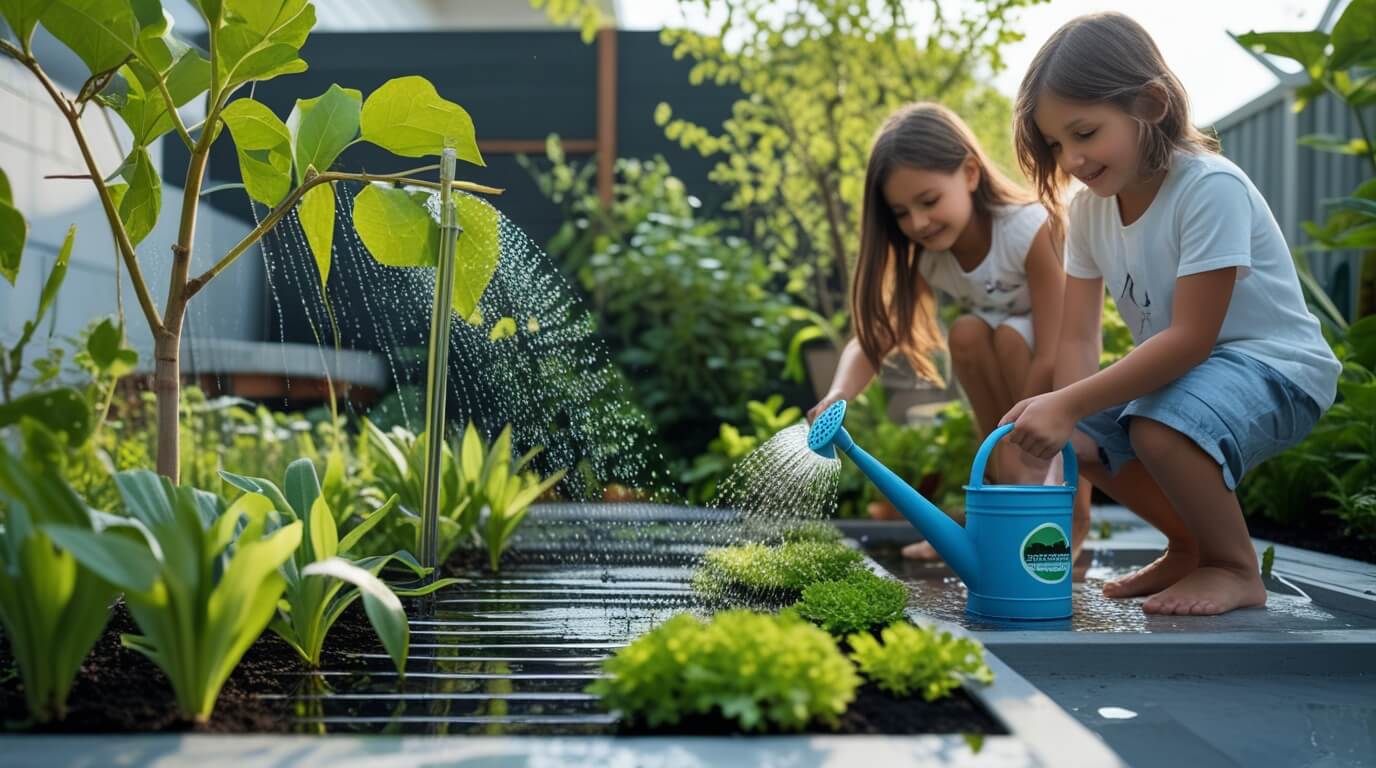August 20, 2025

Water is one of our planet’s most vital yet vulnerable resources. As climate change intensifies and populations grow, conserving water at home and in the garden has become essential for sustainable living. Even simple changes—like installing water-efficient fixtures or planting native species—can significantly reduce your water footprint while contributing to a healthier ecosystem.
By taking action, you're not just saving money on your utility bills—you’re helping preserve natural water systems, reduce greenhouse gas emissions, and secure resources for future generations. Here’s how to get started:
That small drip from your faucet or constantly running toilet may seem insignificant, but leaks can waste over 10,000 gallons (37,000 liters) of water per year in the average household.
Fixing leaks is one of the easiest and most effective ways to conserve water—something emphasized in guides like Simple Steps Toward Sustainable Living, which encourage addressing household inefficiencies.
Upgrading to low-flow showerheads, dual-flush toilets, and faucet aerators can reduce water usage by up to 50% without affecting performance.
These small investments quickly pay off, both financially and environmentally.
Washing dishes and preparing meals are daily tasks that can be done more mindfully:
As highlighted in National Geographic’s Freshwater 101, household changes like these reduce stress on freshwater ecosystems.
Washing machines are a major water consumer. One load can use up to 45 gallons (170 liters) of water.
Simple behavior changes can add up quickly:
These changes also align with the ideas explored in How Food Banks Make a Difference in Communities, where small-scale community actions lead to large-scale environmental benefits.
Outdoor landscaping can account for 30–70% of a household’s total water use. With thoughtful gardening practices, you can maintain a lush, beautiful yard without unnecessary water waste.
Native species are adapted to local climates and require far less watering, fertilizing, and care.
Adding a 2–4 inch layer of organic mulch—like bark chips, straw, or compost—around your plants:
This eco-friendly technique reduces the need for frequent watering and aligns with regenerative soil practices.
Using rain barrels or cisterns to harvest rainwater is an effective way to water your garden without using municipal supplies.
If you're using automatic timers, install a rain sensor to prevent unnecessary watering during wet conditions.
Traditional grass lawns are water-intensive, requiring frequent irrigation, mowing, and fertilizing.
Water conservation has ripple effects far beyond your home. When you reduce your water use, you help:
As highlighted in Understanding Climate Change, the climate crisis is directly linked to water scarcity—making conservation part of a broader environmental solution.
Stay up to date with the latest tips, expert insights, product reviews, and step-by-step guides to help you grow, create, and succeed—no matter your industry or passion.